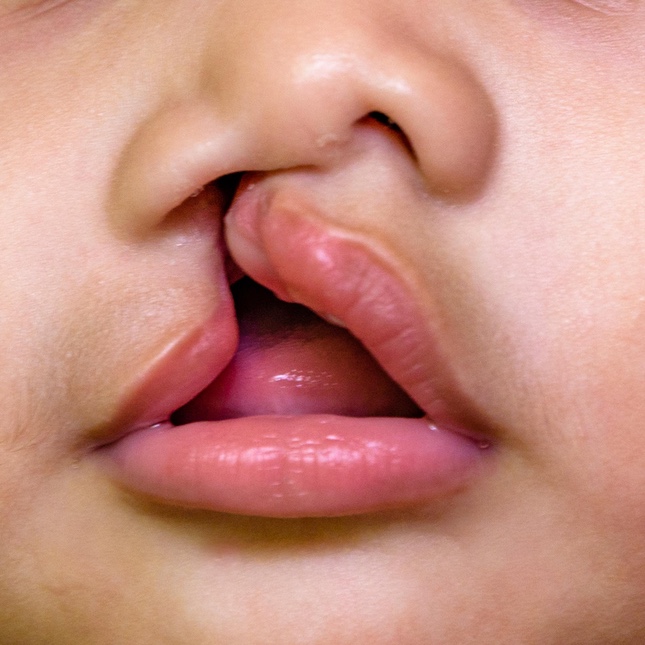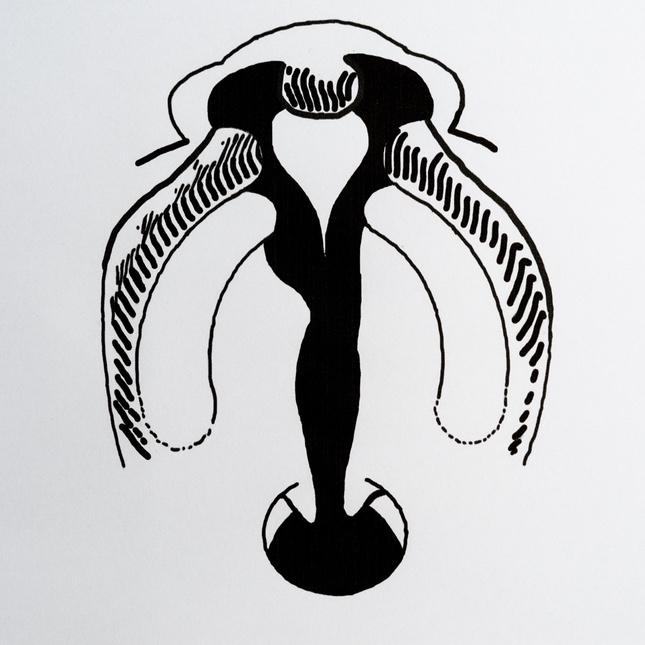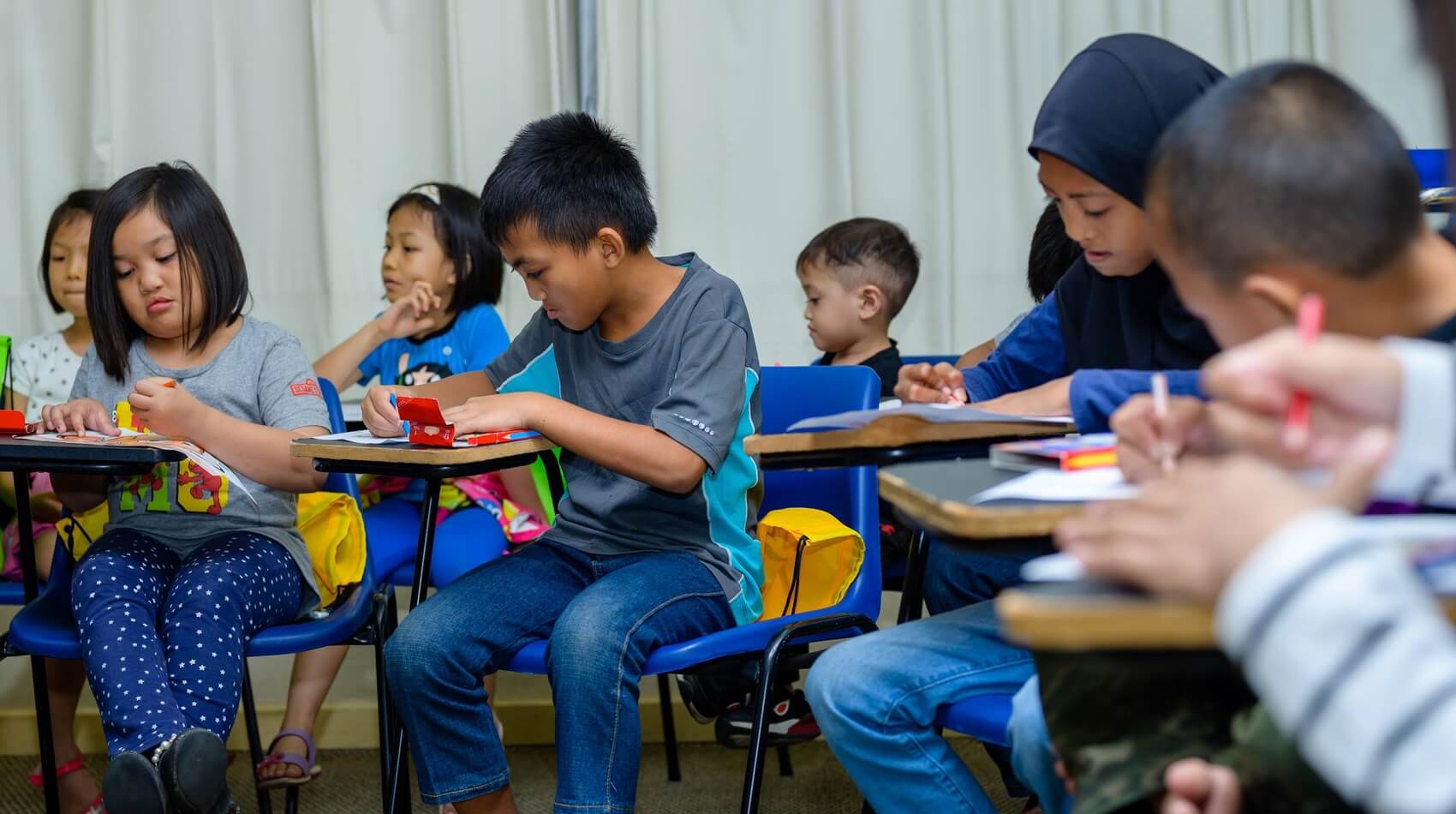Cleft is a split or separation in the structure of the lip or the roof of the mouth. During early pregnancy, separate areas of the face develop and then join together. When some parts fail to come together, a cleft is formed. Cleft lip and palate can happen together or separately.
CLEFT LIP

Cleft Lip can be just a slight notch/ split on the upper lip or a complete separation in one or both sides of the upper lip. It may go all the way up and into the nose. Unilateral cleft lip is just on one side (either left or right) while bilateral cleft impacts both sides of the upper lip. The gum (also known as alveolus) may be impacted as well.
CLEFT PALATE

Cleft Palate is when the roof of the mouth (palate) has not joined completely, causing the mouth and nose to be exposed to each other (no separation between the two). This condition can occur at the soft palate (soft part of the palate towards the throat) or the hard palate (front part of the palate towards the mouth) or both. The gum (alveolus) may be impacted as well.
CLEFT LIP AND PALATE

Cleft Lip and Palate occur when both the upper lip and palate have not fused properly creating a gap/hole from the lip inwards towards the palate and upward towards the nose. The gum is also impacted.
What Causes it?
Firstly, do not blame yourself for what happened to your baby. The real reason as to why it happened is not fully understood. During early pregnancy, the different parts of the head and face develop separately which later come together and fuse. Failure in this fusion results in a cleft deformity. We know what happens but not why it happens. In Malaysia, 1 in 700 births is a cleft baby. This deformity happens regardless of socio-economy status, religious background or race.
Genetics and environmental factors contribute to the formation of cleft. Amongst the contributing factors are the types of drugs taken during pregnancy, viral infections e.e Rubella, consumption of alcohol, smoking, chromosomal disorder and others.
Whose fault is it?
In most cases, the birth of a cleft baby is no one’s fault. It’s not due to something you or your husband did or did not do. It’s not about some old wives’ tales/beliefs e.g. husband goes fishing, cut chicken, etc. These have no scientific proof. Do not blame yourself! The child is a special gift from God. Treat the child with love, care, and support.
Are there feeding problems?
Most cleft lip babies feed well, some can even be breastfed successfully. Cleft palate babies may have some feeding difficulties initially, with some milk coming out of the nose, causing coughing or in some cases choking. It may take a while but baby will learn and get used to the feeding technique. Special feeding bottles with teats are available to help these babies. Spoon feeding is also encouraged, especially before and after surgery to repair the cleft. This will help the suture line heal faster. Feed the baby in an upright position with the body and head well supported to avoid choking and to prevent fluid buildup in the middle ears.
Are there other problems to expect?
Ear infection and fluid buildup in the middle ear are very common in cleft children. A temporary hearing difficulty may occur and tubes called “grommets” may be placed in the eardrum to drain the fluid from the middle ear. A hearing assessment is recommended.
Some children with cleft palate may have speech problem. An early visit to the speech therapist will help the child speak better as children learn to speak by imitation. Parents play a very important role for the child.
Oral hygiene is most important. This will help the dental experts in their work to keep the good set of teeth for orthodontic works later. Avoid giving sweetened drinks, candies, sweets and chocolates unnecessarily.
Psychological support for both parents and child may ease the emotional difficulties faced when having a cleft deformity. Growing up for a cleft child can be a challenge especially when the child starts going to school. Name calling, teasing and making fun at the cleft child are amongst the common things they may face. As parents, teach them to be strong and confident of themselves. Teachers need to be aware and be sensitive about this issue. The public needs to be educated to respect individuals for who they are.
